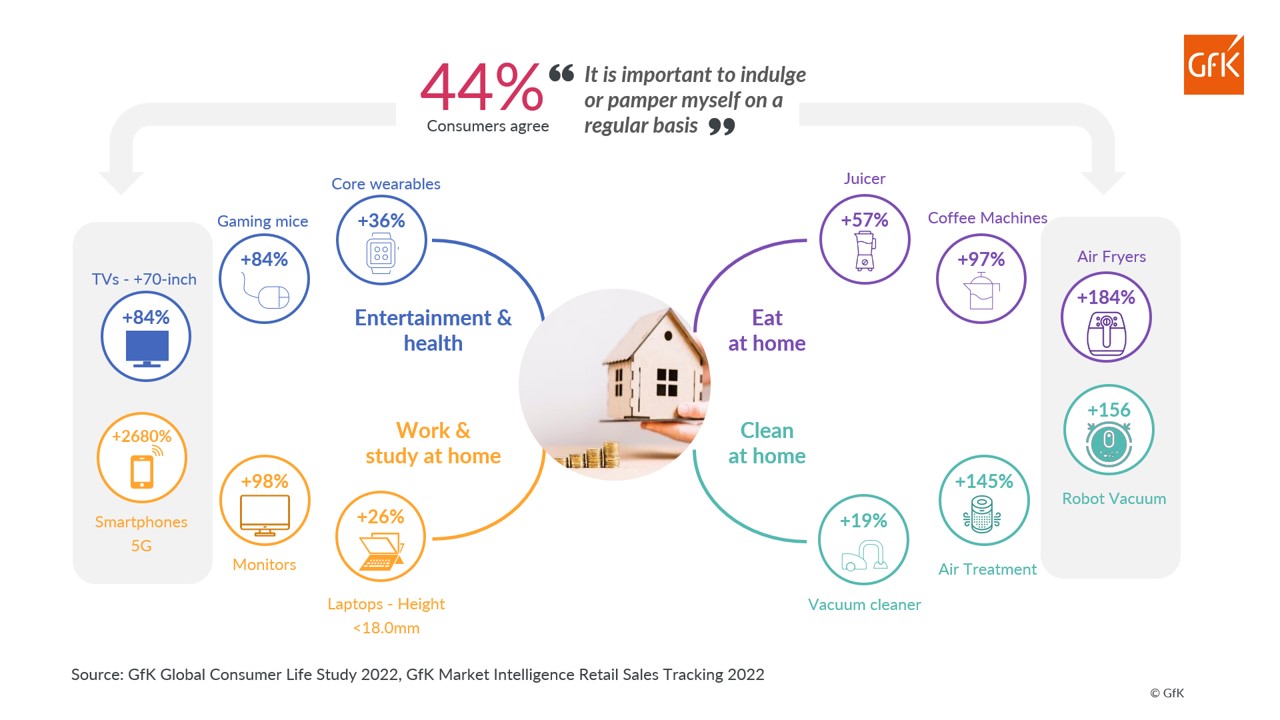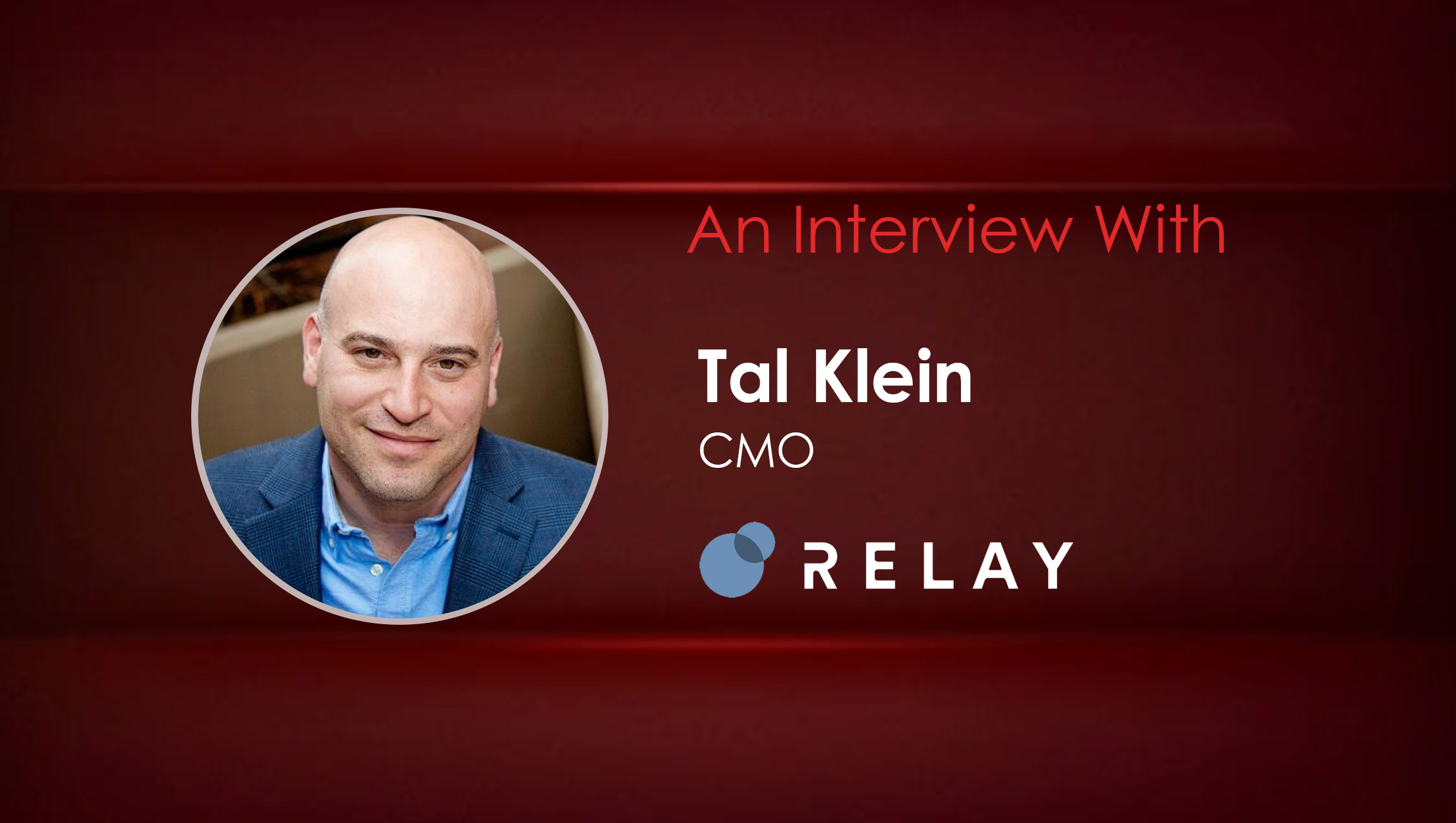The marketing landscape is evolving at a breakneck pace. And one has to keep abreast of these changes and adapt to them so as to not get crushed by the cutthroat competition outside. Consumers are getting wiser and well-informed. You can no longer softsoap them into buying your product or service just like that.
Recent surveys and studies done on consumer behavior indicated that they want to be engaged and interacted with and support the company’s cause. So, it is more important to listen to what your target audience has to say. As consumers have become highly selective in their choices concerning services, products, and experiences, you must moot and adopt permission-based marketing.
What is that? And how can it help leverage your business? Dig in…
What is permission-based marketing?
The term “Permission Marketing” was the brainchild of a renowned marketer and author, Seth Godin. To put it simply, permission marketing is all about a marketing strategy where businesses and brands prioritize consumers’ permission before they can transmit to them further information or promotional offers.
You definitely must have signed up somewhere for product updates, followed some marketer or brand on social media, like Twitter, or keyed in your phone number on some platform for an application trial. It’s all a part of permission-based marketing. It can be categorized into:
- Implicit permission marketing: This is the most common type here. It involves checking or unchecking boxes to refuse or allow receiving marketing material or updates.
- Explicit permission marketing: Explicit permission is where a customer needs to enter an email address, phone number, or other details so they can receive marketing updates and materials.
You cannot always decide which permission marketing type that you want to go for. It largely depends on the sector your business operates in. For instance, if yours is a finance or health-related company, you have to choose explicit permission marketing.
Marketing Technology News: MarTech Interview with Mike Hicks, Chief Marketing Officer at Appspace
Things you need to consider about permission-based marketing
So, now here are the factors you need to take stock of in permission-based marketing.
- Transparency: Clearly explain to the customers what they will receive when allowing you to send marketing stuff. They also must be made aware of how often they will get it. For instance, if a consumer registers for information on digital marketing solutions, they should not receive information different from that. Furthermore, sending things too often or sending irrelevant content will only turn them away. In addition to this, opt-option should be easy to do.
- Create your contact list organically: Earlier companies used to buy contact lists. However, getting those lists for marketing purposes was illegal, as it does not reveal to companies the consent of customers they had never gotten in touch with. So, practice patience and strive to build your buying list organically for sustainable success and results. Such a list involves people who have given you permission to get in touch with them.
- Be reasonable: As customers allow you to send them updates, they do so with certain expectations about how frequently you will touch base with them. If you don’t clarify the frequency or you would be sending daily updates, then they may refuse to receive marketing material. In addition to this, you must be considerate of what you are sending them. For instance, if you are an eCommerce store, customers may allow daily updates to seize special offers. However, if you want to send information on cloud communication or Wi-Fi calling, then weekly or bi-weekly contact is enough.
- Present great content: No matter what your business type is, if you serve good content to your customers, you will likely get more permissions from them to send the stuff. So, make sure your content is presentable, legible, and clear. One of the great ways to attract customers and active initial engagement with them is through quality blog posts. You may also send exclusive content to customers if they do the sign-up.
- Spend on quality SEO: SEO makes you discoverable on the web. You can’t expect customers to flood onto your site and sign up like crazy when your site lies deep in the obscure crannies of the search engine. For that, you need to invest in quality SEO. A solid SEO strategy will help your site reach prominent positions in the SERPs. The higher you rank in the search results, the more authoritative your site gets, and thus, people are more likely to sign up for newsletters or marketing material.
So far, we have hashed out the concept of permission-based marketing and important factors that need to be regarded. When implemented properly and to its best effect, permission-based marketing can help you build relationships and trust with your target audience.
Marketing Technology News: Cookiepocalypse is Coming: Enterprises Must Work Together If They Want To Stay Ahead Of The…











